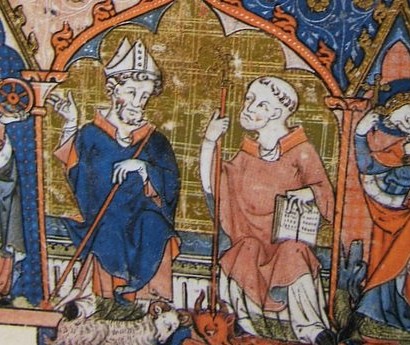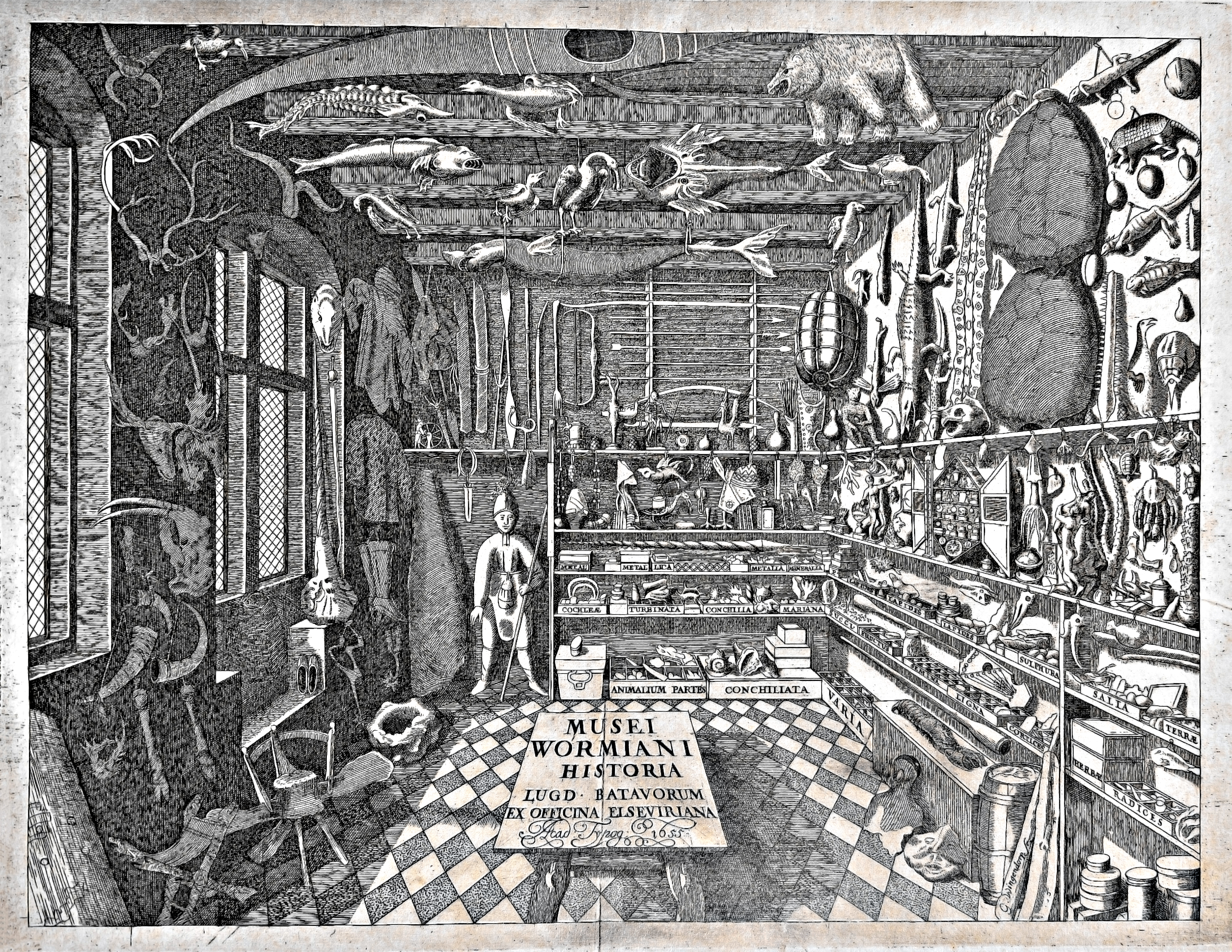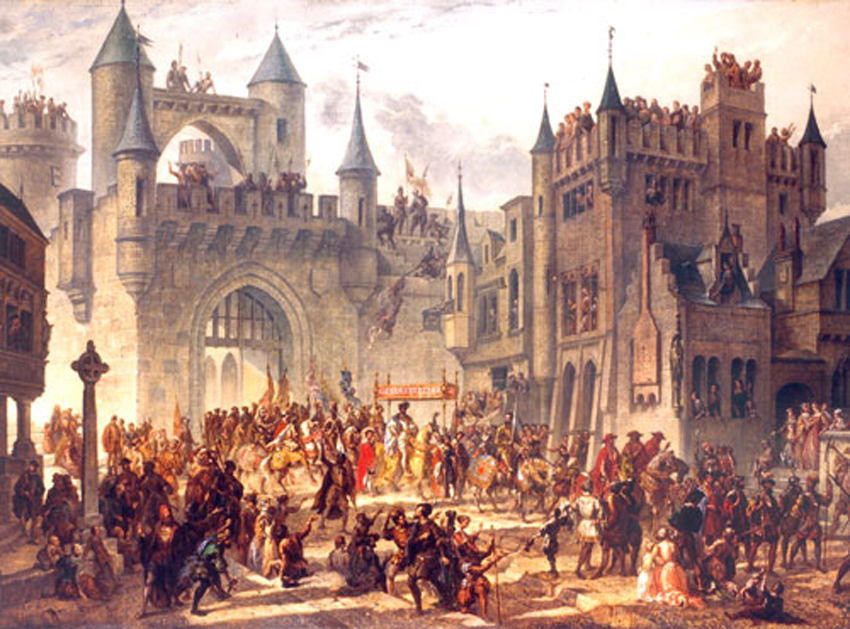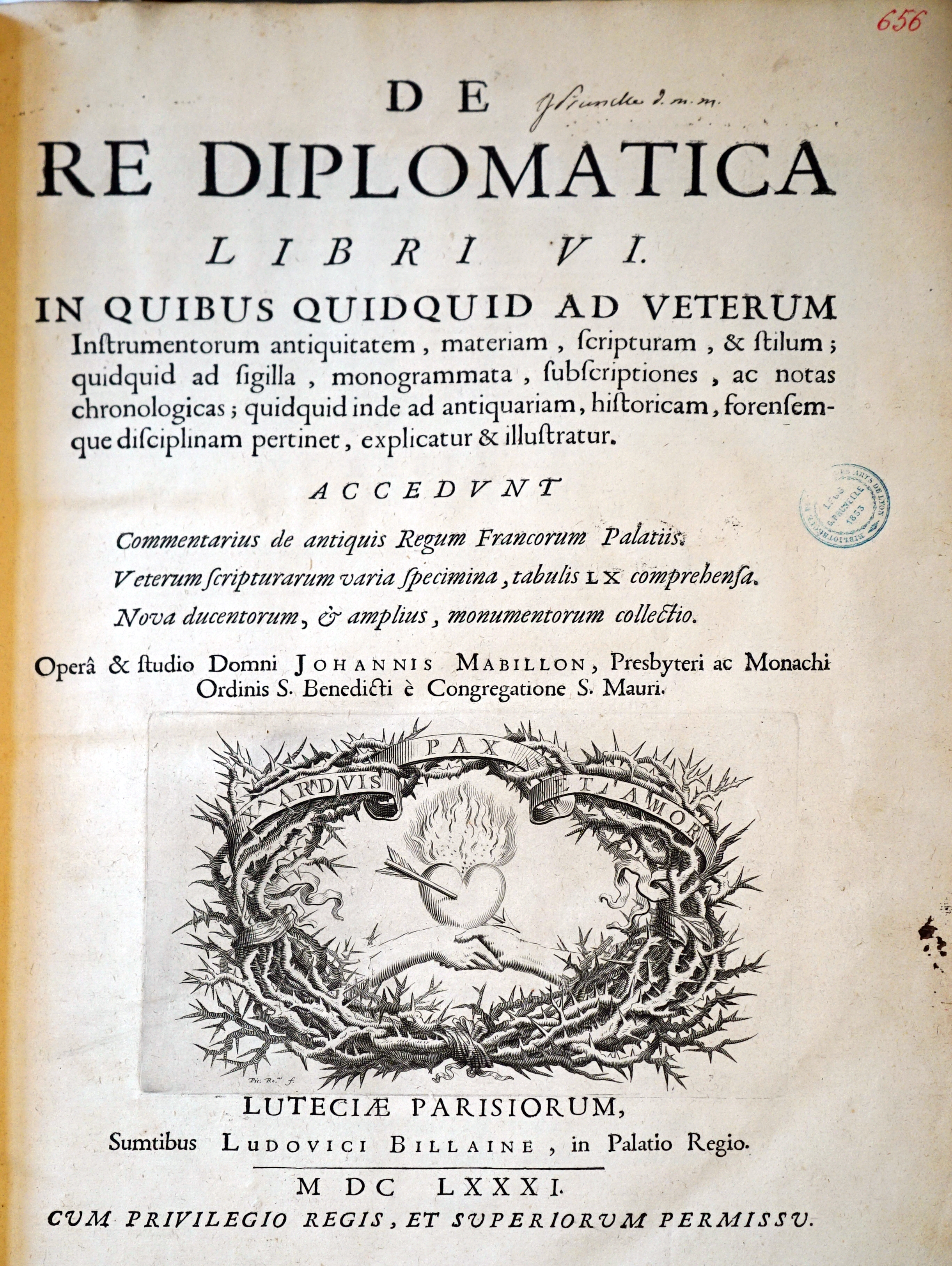|
Pseudo-Bede
The following is a list of works by Bede. Bede's list of his works At the end of Bede's most famous work, the ''Historia ecclesiastica gentis Anglorum'', Bede lists his works. His list includes several books that have not survived to the present day; it also omits a few works of his which he either omitted or which he wrote after he finished the ''Historia''. His list follows, with an English translation given; the title used to describe the work in this article is also given, for easier reference.The translation is taken from Giles' edition of Bede, with some slight modernization in regard to capitalization. Giles, ''Complete Works'', pp. 314–317.Laistner & King, ''Hand-List'', p. 154. In addition, the following works are listed below but are not mentioned by Bede: * De Locis Sanctis * Letter to Albinus * Letter to Egbert * De die iudicii * A poem in thirteen couplets * '' Paenitentiale Bedae'' Works Biblical commentaries ''Commentary on Acts'' *Descripti ... [...More Info...] [...Related Items...] OR: [Wikipedia] [Google] [Baidu] |
Bede
Bede (; ; 672/326 May 735), also known as Saint Bede, Bede of Jarrow, the Venerable Bede, and Bede the Venerable (), was an English monk, author and scholar. He was one of the most known writers during the Early Middle Ages, and his most famous work, '' Ecclesiastical History of the English People'', gained him the title "The Father of English History". He served at the monastery of St Peter and its companion monastery of St Paul in the Kingdom of Northumbria of the Angles. Born on lands belonging to the twin monastery of Monkwearmouth–Jarrow in present-day Tyne and Wear, England, Bede was sent to Monkwearmouth at the age of seven and later joined Abbot Ceolfrith at Jarrow. Both of them survived a plague that struck in 686 and killed the majority of the population there. While Bede spent most of his life in the monastery, he travelled to several abbeys and monasteries across the British Isles, even visiting the archbishop of York and King Ceolwulf of Northumbria. ... [...More Info...] [...Related Items...] OR: [Wikipedia] [Google] [Baidu] |
Augustine Of Canterbury
Augustine of Canterbury (early 6th century in England, 6th century – most likely 26 May 604) was a Christian monk who became the first archbishop of Canterbury in the year 597. He is considered the "Apostle to the English". Augustine was the Prior (ecclesiastical), prior of a monastery in Rome when Pope Pope Gregory I, Gregory the Great chose him in 595 to lead a mission, usually known as the Gregorian mission, to Britain to Christianization, Christianize King Æthelberht of Kent, Æthelberht and his Kingdom of Kent from Anglo-Saxon paganism. Kent was likely chosen because Æthelberht Bretwalda, commanded major influence over Heptarchy, neighbouring Anglo-Saxon kingdoms in addition to his marriage to Bertha of Kent, Bertha, a Franks, Frankish princess, who was expected to exert some influence over her husband. Before reaching Kent, the missionaries had considered turning back, but Gregory urged them on, and in 597, Augustine landed on the Isle of Thanet and proceeded t ... [...More Info...] [...Related Items...] OR: [Wikipedia] [Google] [Baidu] |
Worcester, England
Worcester ( ) is a cathedral city in Worcestershire, England, of which it is the county town. It is south-west of Birmingham, north of Gloucester and north-east of Hereford. The population was 103,872 in the 2021 census. The River Severn flanks the western side of the city centre, overlooked by Worcester Cathedral. Worcester is the home of Royal Worcester, Royal Worcester Porcelain, Lea & Perrins (makers of traditional Worcestershire sauce), the University of Worcester, and ''Berrow's Worcester Journal'', claimed as the world's oldest newspaper. The composer Edward Elgar (1857–1934) grew up in the city. The Battle of Worcester in 1651 was the final battle of the English Civil War, during which Oliver Cromwell's New Model Army defeated Charles II of England, King Charles II's Cavalier, Royalists. History Early history The trade route past Worcester, later part of the Roman roads in Britain, Roman Ryknild Street, dates from Neolithic times. It commanded a ford crossing o ... [...More Info...] [...Related Items...] OR: [Wikipedia] [Google] [Baidu] |
Milred
Milred (died 774) (also recorded as Mildred and Hildred) was an Anglo-Saxon prelate who served as Bishop of Worcester from until his death in 774. Life Milred was consecrated between 743 and 745. He attended the major council of Clofesho in 747, and is found as a regular witness to charters of the Mercian kings Æthelbald and Offa. Milred is known to have travelled to Germany, where he met Boniface and Lull, in the early 750s. A letter from Milred to Lull written soon after his return, on the subject of Boniface's martyrdom shows that the writer was familiar with the works of Virgil and Horace. A work by Milred, a compilation of epigrams and Epigraph (literature), epigraphs on Anglo-Saxon churchmen, some of whom are known only from this work, is now lost apart from a single 10th-century copy of one page, held by the library of the University of Illinois at Urbana-Champaign. Antiquarian John Leland recorded some other parts of this work, which now survive only in his 16th-ce ... [...More Info...] [...Related Items...] OR: [Wikipedia] [Google] [Baidu] |
John Leland (antiquary)
John Leland or Leyland (13 September, – 18 April 1552) was an English poet and antiquary.Carley (2006), "Leland, John (''ca''. 1503–1552)" Leland has been described as "the father of English local history and bibliography". His ''Itinerary'' provided a unique source of observations and raw materials for many subsequent antiquaries, and introduced the county as the basic unit for studying the local history of England, an idea that has been influential ever since. Early life and education Most evidence for Leland's life and career comes from his own writings, especially his poetry. He was born in London on 13 September, most probably in about 1503, and had an older brother, also named John. Having lost both his parents at an early age, he and his brother were raised by Thomas Myles. Leland was educated at St Paul's School, London, under its first headmaster, William Lily. It was here that he already met some of his future benefactors, notably William Paget. Leland ... [...More Info...] [...Related Items...] OR: [Wikipedia] [Google] [Baidu] |
Antiquary
An antiquarian or antiquary () is an aficionado or student of antiquities or things of the past. More specifically, the term is used for those who study history with particular attention to ancient artefacts, archaeological and historic sites, or historic archives and manuscripts. The essence of antiquarianism is a focus on the empirical evidence of the past, and is perhaps best encapsulated in the motto adopted by the 18th-century antiquary Sir Richard Colt Hoare, "We speak from facts, not theory." The ''Oxford English Dictionary'' first cites "archaeologist" from 1824; this soon took over as the usual term for one major branch of antiquarian activity. "Archaeology", from 1607 onwards, initially meant what is now seen as "ancient history" generally, with the narrower modern sense first seen in 1837. Today the term "antiquarian" is often used in a pejorative sense, to refer to an excessively narrow focus on factual historical trivia, to the exclusion of a sense of historic ... [...More Info...] [...Related Items...] OR: [Wikipedia] [Google] [Baidu] |
Ecgbert Of York
Ecgbert (died 19 November 766) was an 8th-century cleric who established the archdiocese of York in 735. In 737, Ecgbert's brother became king of Northumbria and the two siblings worked together on ecclesiastical issues. Ecgbert was a correspondent of Bede and Boniface and the author of a legal code for his clergy. Other works have been ascribed to him, although the attribution is doubted by modern scholars. Early life and career Ecgbert was the son of Eata, who was descended from the founder of the kingdom of Bernicia. His brother Eadberht was king of Northumbria from 737 to 758. Ecgbert went to Rome with another brother, and was ordained deacon while still there.Mayr-Harting "Ecgberht" ''Oxford Dictionary of National Biography'' Ecgbert has been claimed to have been a student of Bede, who much later visited Ecgbert in 733 at York,Blair ''World of Bede'' p. 305 but this statement may simply mean that Ecgbert was a student of Bede's writings, and not that he was formally taugh ... [...More Info...] [...Related Items...] OR: [Wikipedia] [Google] [Baidu] |
Göttweig Abbey
Göttweig Abbey () is a Benedictine monastery near Krems in Lower Austria. It was founded in 1083 by Altmann, Bishop of Passau. In the middle ages the abbey was a seat of learning with a library and a monastic school. The abbey went through a period of decline during the 15th and 16th centuries and in 1580 it was mostly destroyed by a fire. Under a new abbot brought in from Melk Abbey the monastery was rebuilt and restored. After another fire in 1718 the abbey had to be rebuilt again. The new building includes the largest Baroque staircase in Austria with a fresco that is considered a masterpiece of its era. Today the abbey is renownend for its library which holds a valuable collection of books, manuscripts, coins and antiquities. History Göttweig Abbey was founded as a monastery of canons regular by Blessed Altmann (c. 1015–1091), Bishop of Passau. The high altar of a chapel was dedicated in 1072, but the monastery itself was not until 1083: the foundation charter ... [...More Info...] [...Related Items...] OR: [Wikipedia] [Google] [Baidu] |
Metz
Metz ( , , , then ) is a city in northeast France located at the confluence of the Moselle (river), Moselle and the Seille (Moselle), Seille rivers. Metz is the Prefectures in France, prefecture of the Moselle (department), Moselle Departments of France, department and the seat of the parliament of the Grand Est Regions of France, region. Located near the Tri-border area, tripoint along the junction of France, Germany and Luxembourg,Says J.M. (2010) La Moselle, une rivière européenne. Eds. Serpenoise. the city forms a central part of the European Greater Region and the SaarLorLux euroregion. Metz has a rich 3,000-year history,Bour R. (2007) Histoire de Metz, nouvelle édition. Eds. Serpenoise. having variously been a Celts, Celtic ''oppidum'', an important Gallo-Roman city,Vigneron B. (1986) Metz antique: Divodurum Mediomatricorum. Eds. Maisonneuve. the Merovingian capital of Austrasia,Huguenin A. (2011) Histoire du royaume mérovingien d'Austrasie. Eds. des Paraiges. p ... [...More Info...] [...Related Items...] OR: [Wikipedia] [Google] [Baidu] |
Jean Mabillon
Dom Jean Mabillon , (; 23 November 1632 – 27 December 1707) was a French Benedictine monk and scholar of the Congregation of Saint Maur. He is considered the founder of the disciplines of palaeography and diplomatics. Early life Mabillon was born in the town of Saint-Pierremont, then in the ancient Province of Champagne, now a part of the Department of Ardennes. He was the son of Estienne Mabillon and his wife Jeanne Guérin. At the age of 12 he became a pupil at the Collège des Bons Enfants in Reims. Having entered the seminary in 1650, he left after three years and in 1653 became instead a monk in the Maurist Abbey of Saint-Remi. There his dedication to his studies left him ill, and in 1658 he was sent to Corbie Abbey to regain his strength. He was ordained at Corbie in 1660. In 1663 he was transferred again to Saint-Denis Abbey near Paris, and the following year to the Abbey of Saint-Germain-des-Prés in Paris. This was a move which offered wide opportunities f ... [...More Info...] [...Related Items...] OR: [Wikipedia] [Google] [Baidu] |
Corpus Christianorum
The Corpus Christianorum (CC) is a major publishing undertaking of the Belgian publisher Brepols Publishers devoted to patristic and medieval Latin texts. The principal series are the ''Series Graeca'' (CCSG), ''Series Latina'' (CCSL), and the ''Continuatio Mediævalis'' (CCCM). There is also a smaller section, the ''Series Apocryphorum'' (CCSA), devoted to Apocryphal works, and a collection of autographs, the ''Autographa Medii Ævi'' (CCAMA). The series ''Conciliorum Oecumenicorum Generaliumque Decreta'' (COGD) contains confessional documents from Churches and Ecumenical organisations in the World with start in Nicæa 325 until today. The principal series are seen as successors to Migne's Patrologiae. In 1947 Dom Eligius Dekkers, O.S.B. of the Sint-Pietersabdij in Steenbrugge, drew up a plan for editing afresh early Christian texts. His intention was to produce in a short timespan a "Corpus Christianorum", comprising new editions of the writings of Christian authors from T ... [...More Info...] [...Related Items...] OR: [Wikipedia] [Google] [Baidu] |
James Ware (historian)
Sir James Ware (26 November 1594 – 1 December 1666) was an Anglo-Irish historian. Personal details Born at Castle Street, Dublin on 26 November 1594, James Ware was the eldest son of Sir James Ware (1568–1632) and Mary Bryden, daughter of Ambrose Bryden of Bury St. Edmunds. Originally from Yorkshire, his father came to Ireland in 1588 as secretary to the Lord Deputy of Ireland, Sir William FitzWilliam, was knighted by James I, elected to the Irish House of Commons for Mallow in 1613, and served as auditor of Trinity College Dublin He also had a younger brother Joseph, Dean of Elphin from 1642 to 1648, while his sister Martha married Sir William Piers and was the mother of Sir Henry Piers, 1st Baronet, who shared his uncle's antiquarian interests. In 1620, he married Elizabeth Newman and they had ten children together, only two of whom outlived their father, his eldest son James (1622–1689) and the fifth, Robert (1639–1696). The others included Roger (1624–1642), ... [...More Info...] [...Related Items...] OR: [Wikipedia] [Google] [Baidu] |




